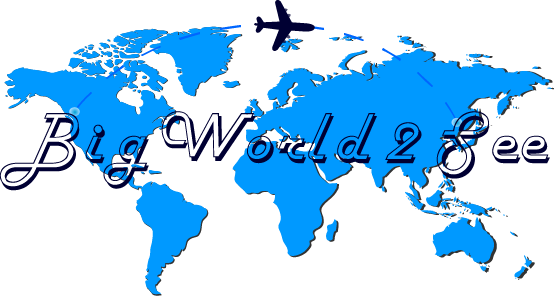We had four nights in Riga, Latvia. I probably should have written this post while I was still in Riga. Please do not tell Estonians, Latvians, or Lithuanians I said this, but there stories are similar. They have a healthy/friendly rivalry and regularly tease each other about it. While they are all Baltic countries and they have a lot of similarities, there are still lots of differences (ex. Languages; hockey vs basketball vs computer geeks). What they have in common is occupation by Germany, Russia, Poland, Sweden as well as relatively new independence as a nation.
We have been rushed for the last month or more partly because we bought tickets to see Ed Sheeran in concert in Riga on July 12th. We both really like Ed Sheeran. However, setting a hard and fast date in the future like that really drives your schedule. Put together the fixed dates of the Elton John concert, the cruise to Svalbard, the cruise to St. Petersburg, and the Ed Sheeran concert, we have been rushing along. We have decided that we will slow down a little bit in the coming weeks (ie. Rather than a few days in each place, we will stay a week or more).

We arrived in Riga by bus from Tallinn (about a four hour ride). It was in Riga that we discovered how Bolt Taxis work. Specifically, we installed an app on our phone. It is like Uber but it seems much cheaper. For about a 12 minute ride it was €4.4. You pay right in the app so no negotiating and no chance the driver could try to screw you over along the way. We have had that happen in our journeys in the past. Here is a link to Bolt taxi. And here is a list of cities that have Bolt taxi.

We had to book a guesthouse in Riga for four nights. I guess with Ed Sheeran in town, everything was booked solid. The cost was a lot higher than normal, again due to Ed. We typically try to avoid high season but sometimes you cannot avoid it. We would also not normally book a guesthouse but we had little choice. We looked long and hard to find a place. In the end we relented and selected this place. It was about $120 CAD per night which included breakfast. The breakfast was decent and we ate a hearty breakfast each morning.
After we checked in, we went out to find somewhere to eat. We had little choice but to eat out. Again, Nic did her research and found a place nearby called the Flying Frog Café. We were a little unsure when they told us that it would take the kitchen a full hour to cook us anything. We ordered a couple of beers and an appetizer of garlic toast. It sounds simple but it was actually quite heavy and tasty. The garlic was with us even the next day though. We also ordered a meal… ribs for me and mango chicken for Nicola. Our waiter was very friendly and he told us both were a good choice. Indeed they were… another good meal. While Nic and I used to have the hardest time picking where to eat, the internet has made that better. And, we argue less over whose turn it is to pick a restaurant.
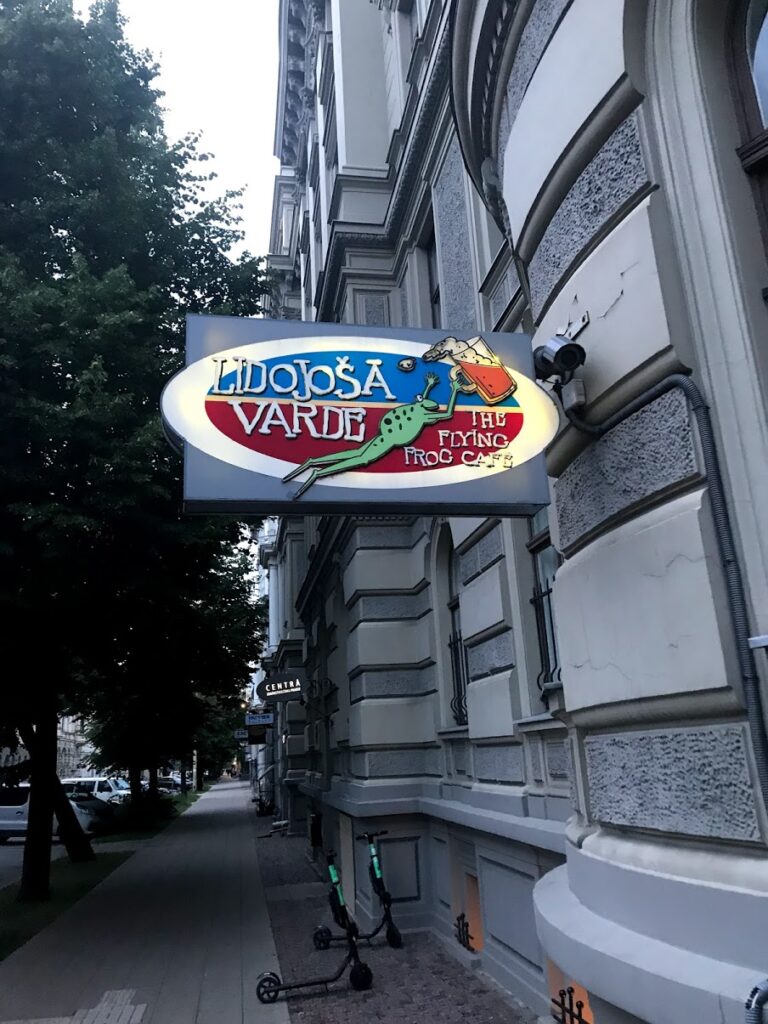
The next morning, after breakfast, we headed out for the free walking tour (obviously). The company we found was not the only one but it had really good reviews on TripAdvisor. I am not a great reviewer but I should try to do more… Here is my review on TripAdvisor for Riga Free Tour and our guide Kaspars. I should write more detailed reviews but I just wanted to get the five bubble reviews in there. They have three free tours, but we did the Old Town tour first.

What I appreciated about Kaspars, and this tour, is that he was very frank about the fact that Old Town is really for the tourists. While it is beautiful and a UNESCO World Heritage site, it is filled with stores, restaurants, and activities for tourists. As a port city, Riga was a major trading post due to its location in the Gulf of Riga on the Baltic Sea. The Old Town area is bordered by the Daugava River (coming in from the gulf) and a canal (Pilsētas Kanāls which translates to City Canal). The canal was a moat that protected the city from invaders; now, it is a picturesque canal through many parks in the city. As a key port trading city, Riga was a full member of the Hanseatic League. This made it an important and powerful city in Europe through the middle ages. However, many of the buildings in the Old Town of Riga are reconstructions rather than still standing from the original buildings.
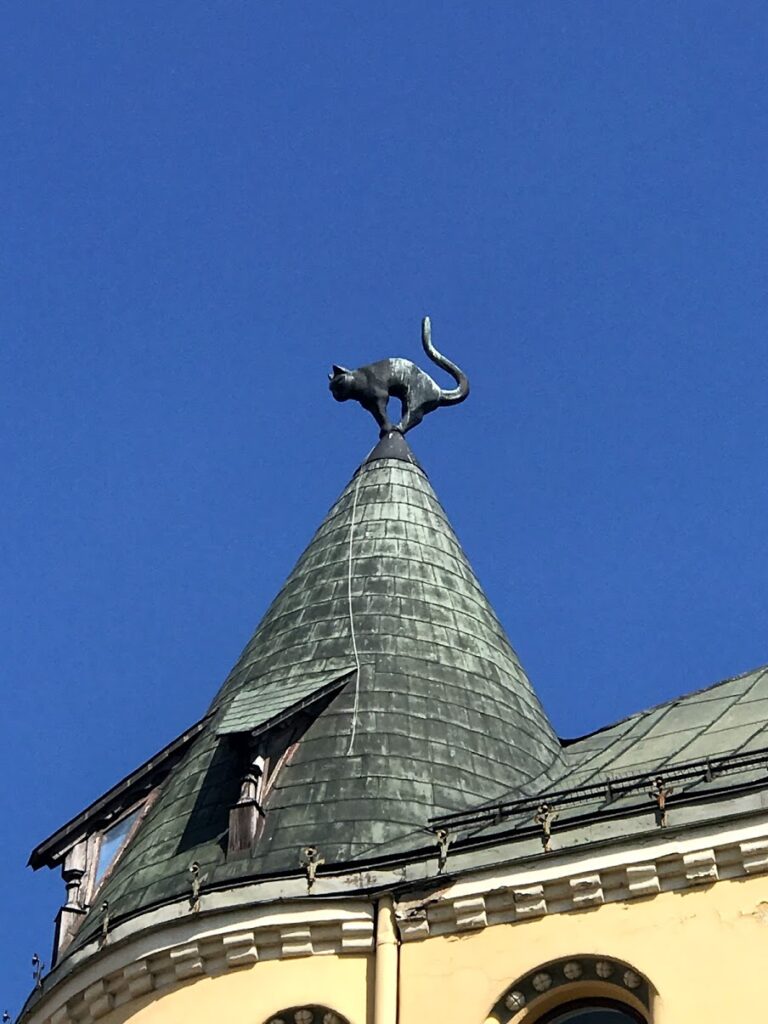
A brief overview of Latvian history has some commonality with Estonia. The area was settled by “Balts” or early Latvians in the 9th century. They were a pagan people who recognized that if they took care of the land, the land would take care of them. In the 12th century, Germans conquered the area and attempted to bring Christianity to the people. The peasant Latvian people became serfs of the German landowners. Unlike a slave, a serf belongs to the land. Therefore, if the land was sold, the serfs went with the land and became under the control of the new landowner. Their job was to work the land (a slave could be ordered to do anything). This continued for about 300 years.

For the next 2 centuries, the land was divided between Poland and Sweden. Then in the late 18th century, it came under Russian control. During the Russian Revolution, Latvia declared its independence in November 1918. This lasted one day!!! However, during a period of fighting, both Germany and Russia granted Latvia independence in 1920. End of the occupation? Not even close.

If you can touch the rooster you are guaranteed good financial fortune. After this a Russian girl asked for assistance. I did not realize she was going to take her shoe off to put in my hand to climb on top. I am an accomplice to her crime. And I had to go hunting for somewhere to wash my hands.
In 1940, the Soviet Red Army moved into Latvia. Nazi Germany took Latvia from 1941 to 1944. The Red Army took it back in 1944. By 1949, Latvia was one of the most prosperous parts of the USSR. In the lat 1980s, under Mikhail Gorbachev and Perestroika, the USSR was changing and many countries in Eastern Europe were revolting. At about the same time, the Cold War and tumbling of the Berlin wall kept the rest of the world occupied. Latvia, along with several other countries, declared its independence in 1990 (but got full independence in 1991). Therefore, Latvia just celebrated its 28 years as a free and independent nation under its own democracy.


Latvia is a parliamentary republic. There is a unicameral parliament that is elected in free and open elections. While the President is head of state, the real leader of the government is the Prime Minister. There are 8 political parties in Latvia representing different ideologies including social democracy, Euroscepticism, pro-Europeanism, Russian politics, and even agrarianism. Economically, Latvia is not doing as well as Estonia, but it is doing fairly well given it only received independence from the USSR 28 years ago. The average take home salary is about €800 per month but the cost of living is proportional to that. That said, most Latvians are living pay cheque to pay cheque. Yes, all of this was on the free walking tour but to be honest I had to look some of it up as I write this to make sure I had it right.

After the Old Town tour, we headed back to our guesthouse to rest up before the concert. The concert gates opened at 4pm; Zara Larrson at 6:45pm; James Day at 8pm; and Ed Sheeran at 9pm. If I tried to stand for 7 hours I am sure I would be falling down. So, we decided we would accept wherever we were and to leave our place after 4pm. We would stop and eat dinner along the way. The walk from our place to the concert was about 6km. The concert was on an island across the river and the traffic made Bolt not a great choice. We stopped at a place called Burga and we shared some appetizers and had a beer. It was okay… but the venison burger we shared was pretty dry.
So, after the lengthy walk, we arrived at the park just as Zara Larrson was ending and we heard her song Lush Life from outside the gates (sorry Emily). Not a huge problem for us given that we did not know her by name until a day or two before the concert. I also did not know James Bay by name but did recognize a couple of his songs. Ed Sheeran was great… but…
This will make me sound the 51 years old that I am. I do not think I want to go to a concert again where I have to stand in a massive crowd for hours. For one, I do not enjoy standing that long. Second, I do not enjoy huge crowds like that. Third, you can barely see him on stage (he is like one inch tall). Nicola could not see him at all. She basically could only see the back of the people in front of her. Yes, the music was great, but what is the point if you cannot see the singer/band? That will probably be our last concert for a long time. Don’t get me wrong, Ed is a great musician and we enjoyed it. We just did not enjoy the things I mentioned above. Add to that that we had to walk another 6km back to our place along with 50,000 people trying to exit the park at the same time.


Remember I mentioned that Riga Free Tours does three different tours? The next day we did their Art Nouveau tour at 3pm. Riga is recognized for its Art Nouveau architecture around the city. To be honest, I know have “some” understanding of what Art Nouveau is whereas before this tour I would have said I knew none. Between 1897 and 1913, about 800 buildings were constructed in Riga and today about 1 in every 3 buildings in central Riga is of the Art Nouveau style. We learned of several sub-styles of Art Nouveau and saw examples of northern romanticism, perpendicular functionalism, eclectic and neo-classical. I would have guessed that the buildings with all of the statues, faces, animals, etc. plastered on the front were Art Nouveau. I guess Kaspars was trying to show us how it was so much more.




On our third day we did the third walking tour which was called the Alternative Tour. In this case, alternative, means the areas where tourists rarely go. This one took us to the Central Market, the Moscow district, central Riga, and more… basically outside of Old Town. I may have gotten some of the information above about Latvia above from this tour as well. This one attempts to get you to understand Latvians in their everyday life. It was 2.5 hours long and about 4km of walking.
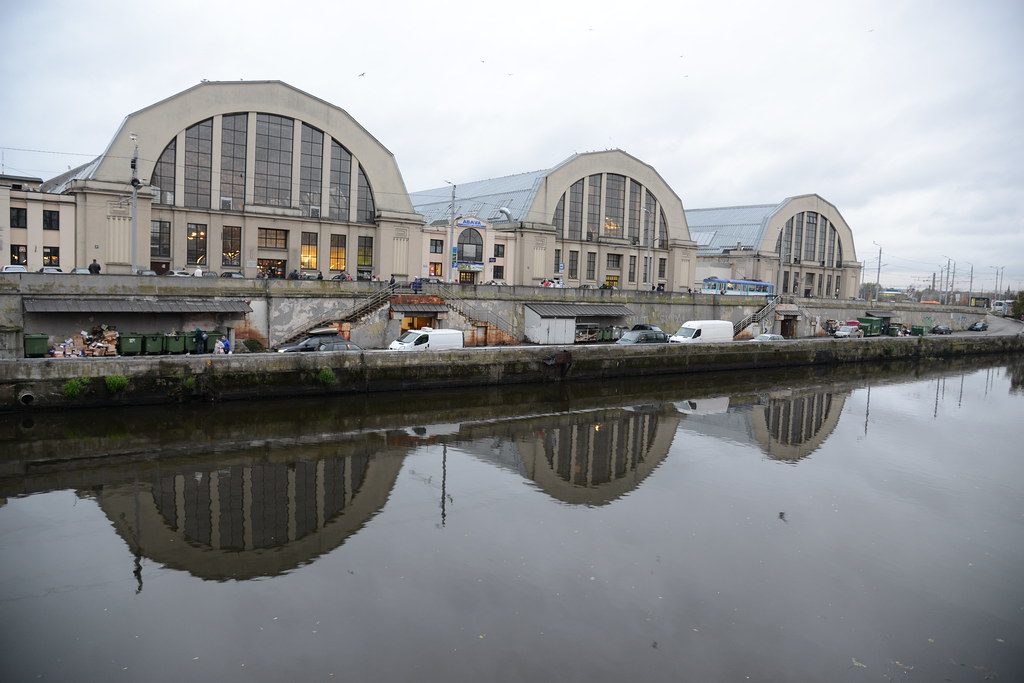



A few things I did not mention above. Specifically about Latvia in WWII. Only about 5% of buildings were destroyed in WWII. Hitler saw it as a valuable port city after he conquered it. He did not want to destroy the buildings because he wanted to repurpose them. Given the German/Russian periods of its history, Latvians fought on both sides of the war. About 90% of the Jewish population in Riga were led out of the city and killed. So, the current Jewish population of Riga does not predate WWII.

After the collapse of the USSR, Latvia had the challenge of determining who were citizens of Latvia. If you could prove that any of your family members had been a Latvian resident before the USSR occupation, you were automatically granted citizenship. However, if you cannot prove this but you were a resident of Latvia in the USSR and you are not a resident of any other nation, you are called a non-citizen. These people are mainly Russian, Belarusian, Ukrainian, Polish and Lithuanian descent but have lived in Latvia before and after the fall of the USSR. Essentially, they were citizens of the USSR but are not citizens of Latvia or any other country. They can get a non-citizen passport and can actually travel without a visa throughout the Shengen countries and to Russia. Children of two non-citizens can automatically be granted citizenship in Latvia at the request of either parent but there is a law proposed now that would grant them dual citizenship.
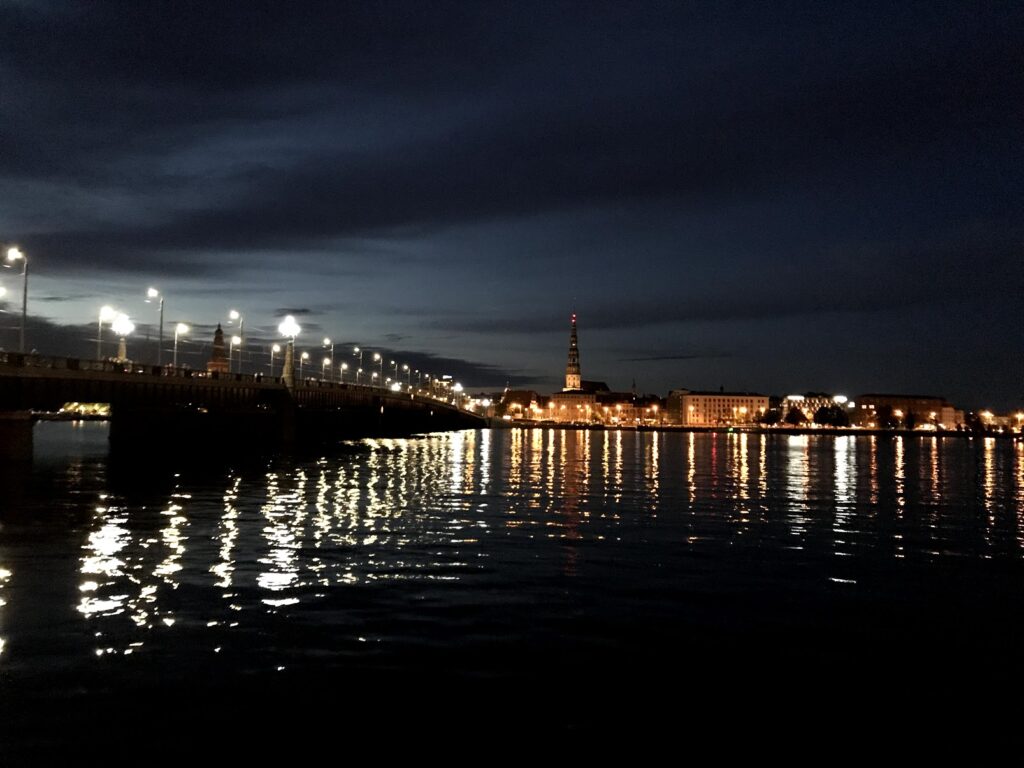
So, our story for Riga is free walking tours every day. We did three in three days, all with Kaspars. It was a lot of information to absorb. You can probably tell from this post that it information overload. To be honest, I like this kind of information. That said, we have been on a fast pace to get here for Ed Sheeran. That is done and we are slowing down a bit. We chose to spend a week in Vilnius, Lithuania (our final Baltic country) and while one might ask what there is to see for so long, we need to slow down and absorb some more. We will try to get out of the city for a day trip or two. But, we are going to stop and smell the roses a bit more.
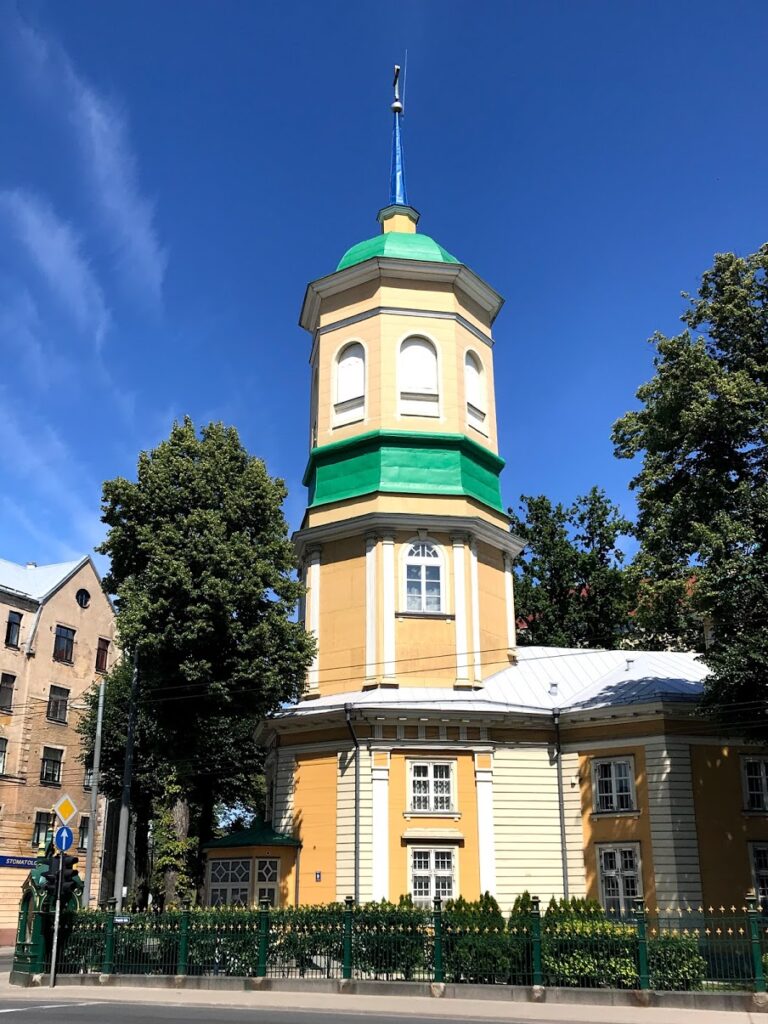
A little foreshadowing because until we were in Riga, we did not know what was happening beyond Vilnius. We are going to spend two weeks in Poland (Warsaw and Krakow) including some day trips outside of the cities. Then, we have booked 19 days in Jordan. We were playing Skyscanner roulette (I like this term we learned from another traveller). On the Skyscanner website (or app), you can choose to search cheap flights from a departure city to “everywhere.” Doing this, we found really cheap flights to Jordan. We decided to take a holiday outside of Europe. After tons of research, we decided to go to Jordan and take it slowly. We will then go to Malta for about 10 days (again, a Skyscanner find). Finally, we will fly from Malta to Budapest, Hungary. All three flights were under €350 (about $500 CAD) including our luggage and sitting in seats with extra legroom. Nic has been booking our AirBnBs and I have been booking flights, busses and trains. Teamwork! Stay tuned…
